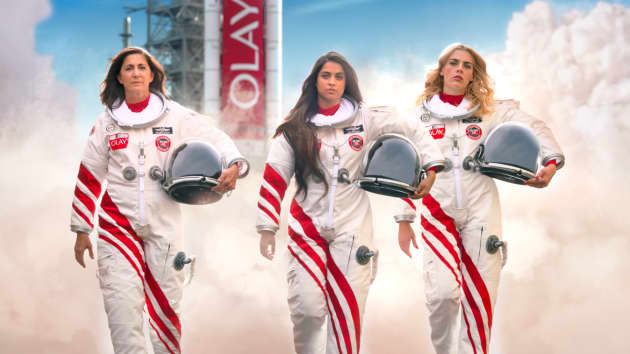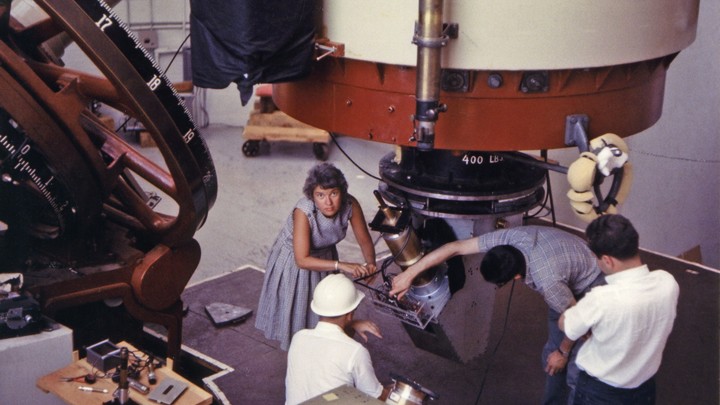 Former NASA astronaut Nicole Stott stars in Olay’s Super Bowl commercial alongside Lilly Singh and Busy Philipps. Credit: Olay
Former NASA astronaut Nicole Stott stars in Olay’s Super Bowl commercial alongside Lilly Singh and Busy Philipps. Credit: OlayIssue of January 31, 2020
eds: JoEllen McBride, Nicolle Zellner, Heather Flewelling, Maria Patterson, and Alessandra Aloisi
This week's issues:
1. Two-Body Problem Series: Playing the Long Game
2. Former NASA astronaut to star in STEM Super Bowl commercial
3. The heroines of STEM: Ten women in science you should know
4. Unprecedented study finds NZ universities paying woman academics $400,000 less than men
5. Understanding Our Environment Requires an Indigenous Worldview
6. Stress, anxiety, harassment: huge survey reveals pressures of scientists’ working lives
7. How employers can avoid ‘occupational sorting’ by women
8. It’s All About STEM Women: Arianne Hunter and the Privilege of Dreams
10. US National Academies launches search for evidence-based programmes to support scientist parents
11. 3 Things You Should Know About the Gender Pay Gap
12. How Women Can Successfully Navigate Male-Dominated Fields
14. How to Submit to the AASWOMEN newsletter
15. How to Subscribe or Unsubscribe to the AASWOMEN newsletter
16. Access to Past Issues of the AASWOMEN newsletter








